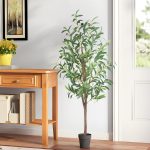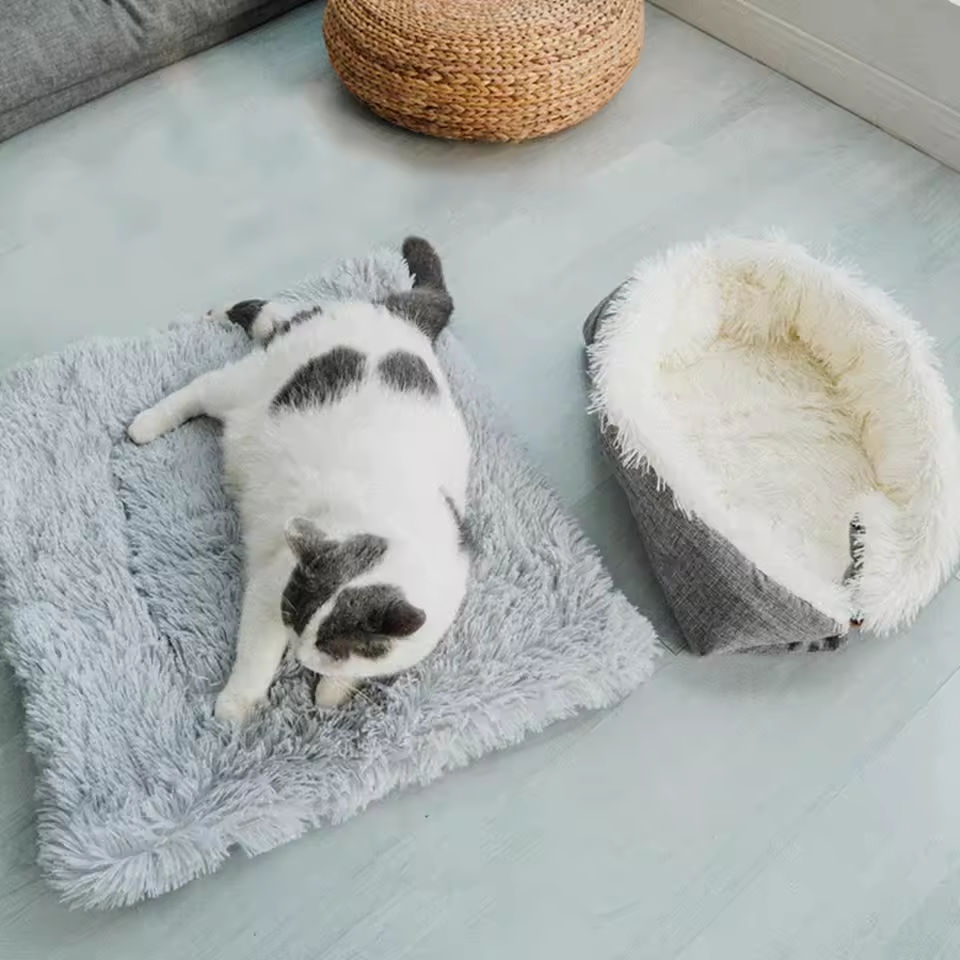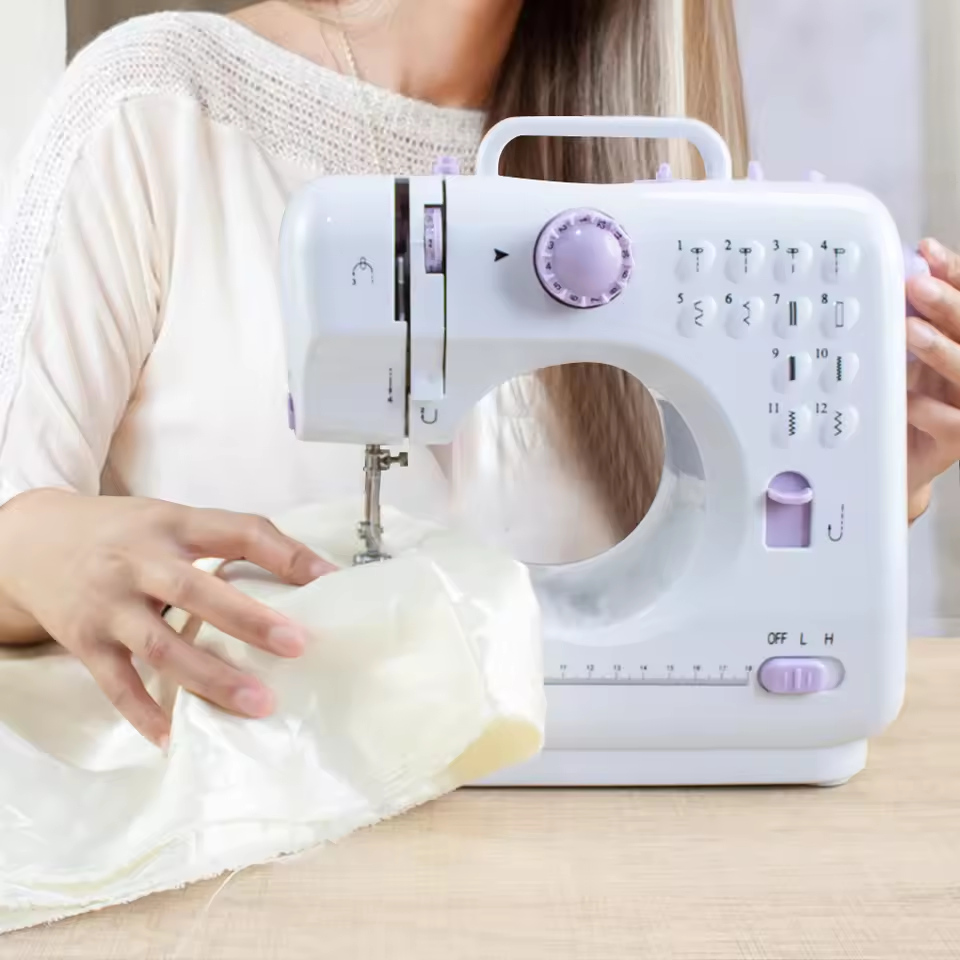Chenille fabric has garnered attention for its incredible softness and versatility, making it a favorite among homeowners and designers alike. This fabric, which has a rich history and unique characteristics, is synonymous with comfort and warmth. By diving deep into what makes chenille fabric so appealing, we can appreciate its widespread use in everything from furnishings to fashion. In this article, we will explore the history, texture, care requirements, and various applications of chenille fabric, revealing the secrets behind its cozy allure.

The Rich History of Chenille Fabric
Chenille fabric traces its origins back to the 18th century, with its beginnings in France. The term “chenille” translates to “caterpillar” in French. This name reflects the fabric’s luxurious texture, which resembles the soft, fuzzy body of a caterpillar. The early production of chenille was a meticulous process, created by hand using simple weaving techniques. This craftsmanship limited its availability, making it a specialty item.
As the industrial revolution progressed, manufacturing methods evolved significantly. The advent of mass production allowed chenille fabric to become more widely accessible to consumers. Designers began to take notice of its unique texture and versatility, which contributed to its growing popularity. The fabric’s soft feel and vibrant colors captivated the market.
Today, the demand for chenille fabric persists across various industries, including home decor and fashion. Understanding the rich history of chenille fabric provides insights into its cultural significance. This enduring love for such a wonderfully soft textile highlights its importance in our everyday lives.
Characteristics That Make Chenille Unique
What sets chenille fabric apart from other textiles is its distinctive construction and feel. Chenille is crafted by weaving short lengths of yarn or pile into a fabric. This process creates a textured surface that is incredibly soft to the touch. The unique construction contributes to the fabric’s appeal, making it a favorite among designers and consumers alike.
This plush texture lends itself beautifully to creating a cozy ambiance in any space. Whether used in the form of cushions, blankets, or upholstery, chenille fabric brings warmth and comfort. It is a popular choice for living rooms, bedrooms, and beyond. Additionally, chenille fabric is available in a wide variety of colors and patterns. This range makes it suitable for different decor styles, from contemporary chic to rustic charm.
The luxurious feel of chenille, paired with its aesthetic versatility, is a primary reason it has found its way into the hearts and homes of many consumers. Its ability to enhance both comfort and style continues to make chenille fabric a beloved textile choice.
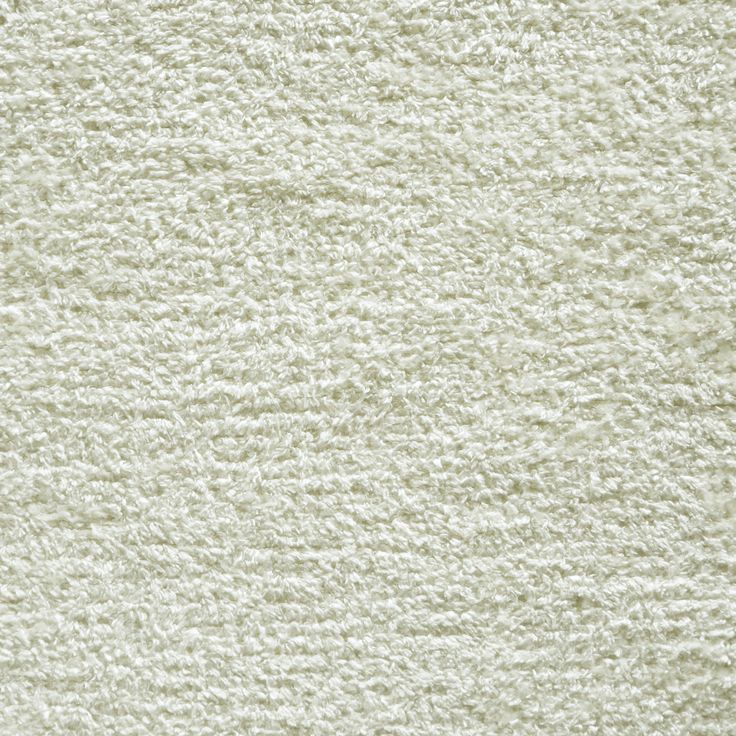
The Allure of Chenille Fabric in Home Decor
When it comes to interior design, chenille fabric has emerged as a go-to choice for creating comfortable and stylish living spaces. Its soft texture is one of its most appealing characteristics. This texture enhances the sensory experience of a room and invites relaxation and warmth. Many homeowners choose chenille-covered sofas and armchairs for their inviting nature. These pieces provide a perfect setting for family gatherings or quiet evenings alone.
In addition to upholstery, chenille fabric lends itself beautifully to decorative throw pillows and blankets. These elements add layers of texture and color that can revitalize any living area. The visual appeal of chenille is just as important as its tactile qualities. It complements various design styles, from traditional to modern, making it a versatile option for many homes.
The cozy appeal of chenille fabric is undeniable. It transforms spaces into havens of comfort that individuals and families can enjoy. By incorporating chenille into home decor, one can create a warm and inviting atmosphere that truly feels like home.
Caring for Chenille Fabric: Tips and Best Practices
Taking care of chenille fabric is vital for maintaining its cozy appeal and prolonging its lifespan. Although this fabric is relatively durable, it does require specific care techniques. These techniques help ensure that chenille remains soft and vibrant over time. One important tip is to wash chenille items in cold water. Using a gentle detergent will prevent fading and damage to the fibers.
Air drying is recommended for chenille fabric. If you prefer to use a dryer, opt for a low setting to maintain the fabric’s texture and shape. It’s essential to avoid high heat, as this can cause shrinkage or altered texture. In addition to washing, regular vacuuming is crucial. This helps remove dust and debris from chenille surfaces, keeping them clean and inviting.
Another useful practice is to rotate and fluff cushions or blankets frequently. This helps prevent any flattening of the fabric and ensures even wear. By following these proper care guidelines, consumers can enjoy the luxurious feel of chenille for years to come, enhancing their living spaces with its exceptional comfort.
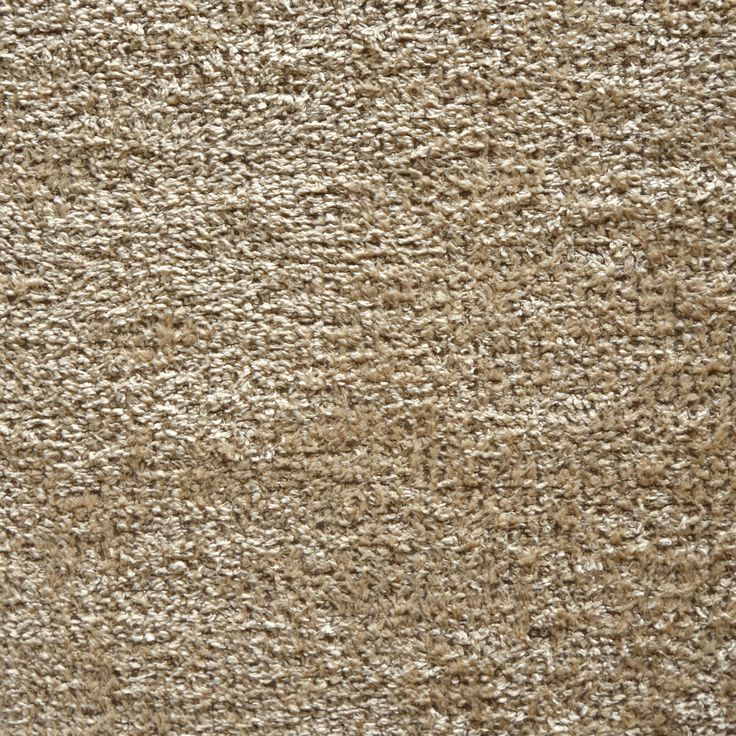
The Versatility of Chenille in Fashion
In addition to its popularity in home decor, chenille fabric has made significant inroads in the fashion industry. The soft, textured quality of chenille makes it an excellent choice for clothing and accessories. It provides a unique combination of comfort and style, particularly in creating garments that are both cozy and chic.
Sweaters made from chenille are a staple in many wardrobes. They offer warmth without sacrificing style. Similarly, chenille scarves add a stylish touch to any outfit, making them perfect for colder months. Handbags crafted from chenille are also gaining popularity. They provide visual interest and texture, appealing to fashion-conscious consumers who seek out unique accessories.
Furthermore, the fabric’s ability to drape gracefully adds to its versatility. This quality makes chenille ideal for a wide range of on-trend pieces, from dresses to jackets. As fashion trends evolve, the adaptability of chenille fabric ensures it remains a staple in stylish collections. Designers continue to explore new ways to incorporate chenille into their creations. This keeps fashion fresh while embracing the enduring charm of this beloved fabric.
The Environmental Impact of Chenille Production
As sustainability becomes an increasingly important consideration for consumers, the environmental impact of chenille fabric production deserves attention. Many modern manufacturers are taking steps to adopt more eco-friendly practices. They are actively sourcing organic materials and implementing sustainable production techniques. This shift is essential for reducing the overall environmental footprint associated with fabric production.
Choosing chenille products made from recycled fibers or organic cotton is one way consumers can contribute to sustainability. By doing this, individuals can enjoy the cozy comforts of chenille while reducing their carbon footprint. This choice supports environmentally friendly practices and encourages the textile industry to innovate further.
Awareness of these sustainable practices enhances the appeal of choosing chenille over other fabrics. It aligns with the values of environmentally conscious consumers who want to make ethical purchasing decisions. As more people prioritize sustainability, the demand for eco-friendly chenille options is likely to increase. This, in turn, can inspire manufacturers to continue refining their processes and improve their environmental impact. Ultimately, embracing sustainable chenille fabric means enjoying its luxurious qualities while contributing to a healthier planet for future generations.

Why Families Love Plush Fabric for Children’s Products
Families with children often prioritize comfort and safety when selecting materials for toys, blankets, and clothing. In this regard, chenille fabric stands out as a top choice due to its many appealing qualities. First and foremost, chenille is known for its incredible softness, which makes it gentle against delicate skin. Parents appreciate this feature, especially for children’s blankets and stuffed animals.
Furthermore, chenille fabric is hypoallergenic, making it an ideal material for kids with allergies or sensitivities. This characteristic gives parents peace of mind when choosing items for their little ones. In addition to comfort, the durability of chenille is another significant factor. It can withstand the rigors of daily use, making it suitable for active children who love to play rough.
As a result, chenille continues to be a popular fabric choice among parents. They seek to provide their children with the comfort and safety they deserve. With its perfect combination of softness and resilience, chenille fabric has earned a dedicated place in many family homes, enriching childhood experiences.
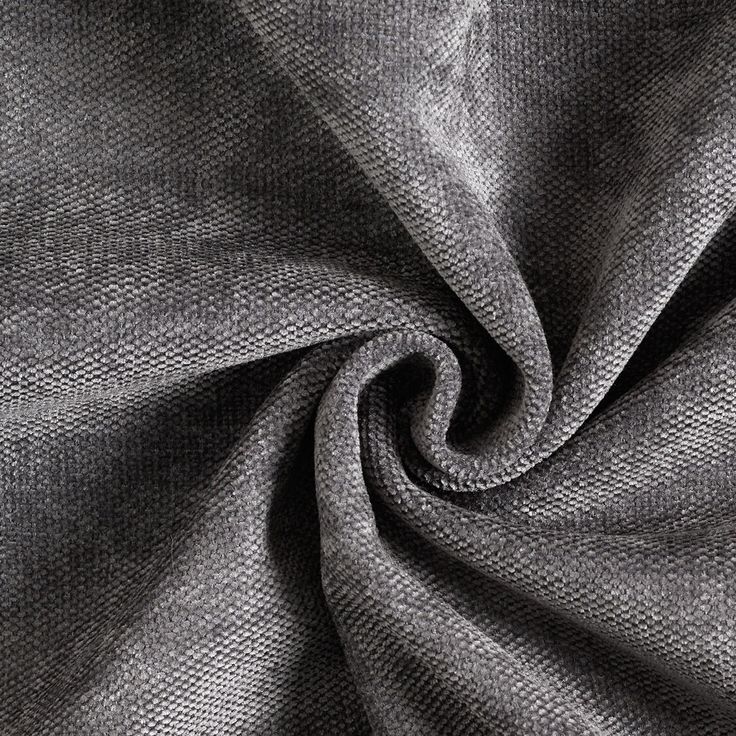
Conclusion:
In summary, chenille fabric represents more than just a textile; it embodies a lifestyle of comfort and warmth. From its rich history and unique characteristics to its versatile applications in home decor and fashion, chenille continues to capture the imagination of consumers worldwide. By understanding the proper care techniques and considering sustainability in purchasing decisions, individuals can embrace the cozy appeal of chenille fabric while making informed choices. Whether you’re curling up under a chenille blanket or adorning your living space with its plush textures, embracing the world of chenille means inviting warmth, style, and comfort into your life.

